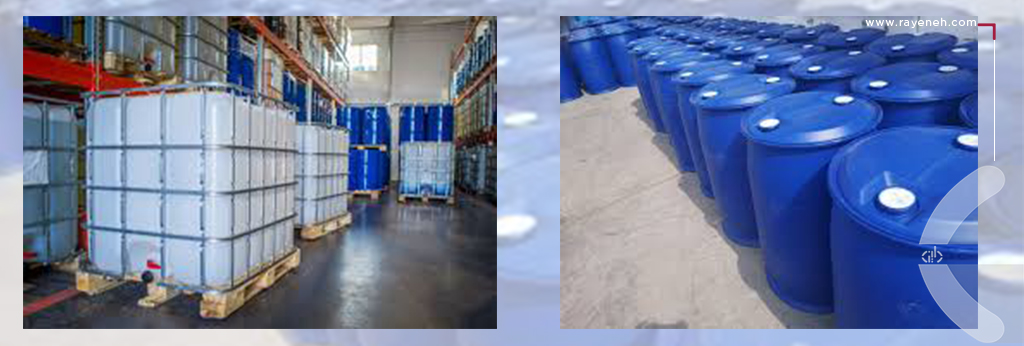
One of the most important challenges in the production of emulsions is their stability. This stability is usually created by adding surface-active compounds, which are called emulsifier compounds.
Emulsifiers have a dual nature, in that one side has hydrophilic properties and the other side has oil-loving properties.
Emulsifiers are a part of a broader group of compounds known as surfactants, or surface-active agents.
Polyglycerol esters, propylene glycol esters, stearoyl lactylates, sucrose esters, sorbitan esters and polysorbates are the most common food emulsifiers.
Emulsifying agents derived from synthetic materials are:
- Inorganic emulsifying agents: Milk of magnesia.
- Cationic emulsifying agents: Benzalkonium Chloride.
- Anionic emulsifying agents: Sodium lauryl sulfate (SLS)
- Non-ionic emulsifying agents: Glyceryl ester.
This property allows the emulsifier to create a chemical relationship with both phases and act as an interface between these two phases. This makes the emulsion stable and the phases do not separate from each other.
Natural emulsifiers include proteins and phospholipids. One of the most important disadvantages of ionic emulsifiers in the food industry is their sensitivity to pH and the fact that they may react with other food ingredients and cause the formation of masses that may affect the power of the emulsifier.
Application
- Reduce adhesion
- Health care
- Food industry
- Oil drilling industry
- Firefighting
- Chemical synthesis
Packing
Depending on type of emulsifier, they are packed in drums, IBC or bags.
